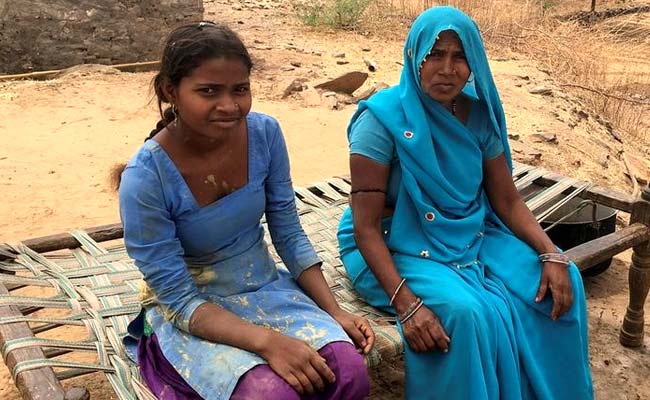
UNGARPUR, INDIA: at the mud floor of a hut in Rajasthan’s Dungarpur district, seven girls and a person take a seat in a circle round 3 network people. one of the community employees, marker in hand, asks why their kids or grandchildren don’t move to high school frequently.
at first, they’re silent. Then one woman pipes up: “The kids maintain asking for something or the alternative – pencils, notebooks, and if we don’t get it for them, they don’t move.”
The others murmur their assent. any other female says: “there’s paintings to be accomplished at home. so they get overdue for college, or don’t end the schoolwork. however who’ll do the housekeeping then?”
one by one, contributors of the organization – four widows and an uncle amongst them – name out greater motives, which the network worker writes on a chart taped to the wall. He then gets them to brainstorm solutions.
The mission is extra in Dungarpur, one of the poorest districts in the nation, where the common literacy rate is 58 percentage, in line with 2011 facts. That compares with a national average of seventy four percentage and the country common of 66 percentage.
“parents do not regard faculty as critical – they’ll pull kids out of school at some point of harvest time, or if there’s work to be achieved at home,” said Rukmini Roat, a instructor at a country primary faculty in Sasarpur village in the same district.
“while the kids get pulled out frequently, they fall behind and then become bored in research, then it is hard for them to advance, so they drop out,” said Ms Roat, who is the sole trainer for the forty seven college students from grade one to 5.
Enrolment in colleges has risen when you consider that India enacted the landmark right to education Act in 2009, guaranteeing free and compulsory schooling until the age of 14. nevertheless, the dropout charge became nearly 30 percentage on the primary degree in 2011.
The charge is in all likelihood to be better in rural Rajasthan, and may climb better after the state issued an order final month that said handiest youngsters from families classified as under the poverty line, and people from backward castes and tribes can follow to examine in a non-public faculty beneath the training act.
The order might deny more than 300,000 kids the proper to unfastened non-public-college schooling in the country, activists say.
“The want is so acute that a few families don’t have any choice however to send older children to paintings,” stated Anita Sharma of save the children.
“however in addition they aren’t aware that there are some government schemes with the intention to supply them a few money, so they can at the least ship some youngsters to school,” she stated.
This was the case with Jeeja, who lives together with her widowed mom and siblings in Charwara village. After her father died, first her older brother, then Jeeja went to Gujarat to paintings in creation to assist the circle of relatives.
A social worker, on realising Jeeja had dropped out of faculty, went to her domestic and talked to her mother. She helped her apply for a widow’s pension and different blessings that collectively result in 2,500 rupees a month. Jeeja, 14, lower back to high school and is now inside the eighth grade.
“We should let her take a look at,” said her older sister Pramila, who’s married. “I wish I were sent to highschool. Jeeja shouldn’t prevent now.”

